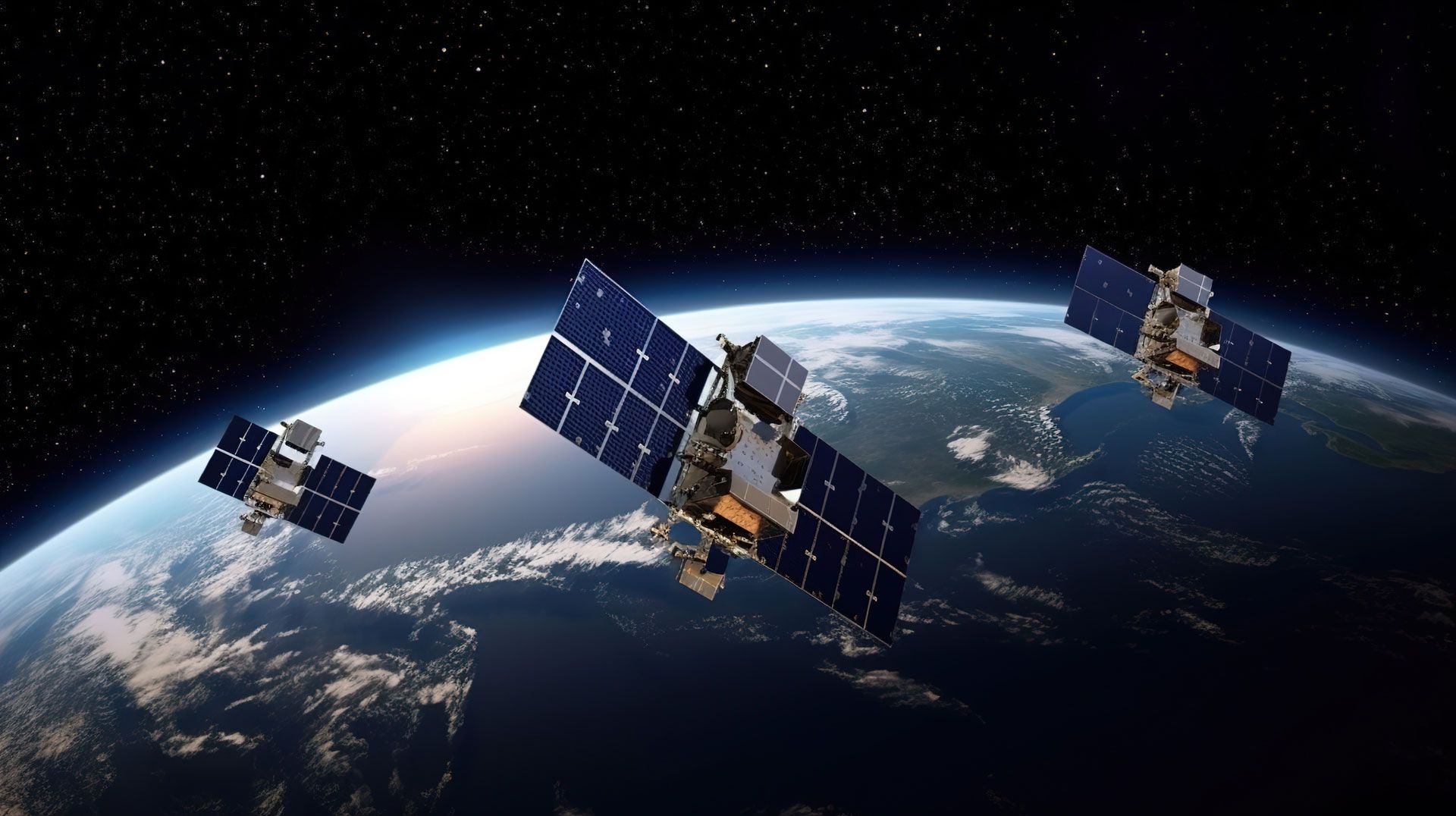
Space services: Connectivity and Earth observation via satellite


Mario Maniewicz, Director, ITU Radiocommunication Bureau
Satellites are essential for enhancing lives in the modern digital economy.
They provide much needed communication connectivity solutions and support vital services across diverse sectors, including agriculture, banking, and transportation. They also save lives during emergencies and offer crucial environmental insights.
Despite their diverse applications, all satellite technologies depend on one key factor: the availability of radio frequencies that are protected from receiving harmful interference. This makes the International Telecommunication Union (ITU) essential to ensuring sustainable and equitable access to space.
During the ITU Plenipotentiary Conference (PP-22) held in Bucharest, Romania, last year, governments from around the world recognized and bolstered the organization’s indispensable role in satellite communication regulation.
PP‑22 Resolution 219, “Sustainability of the radio-frequency spectrum and associate satellite orbit resources used by space services,” calls for urgent studies in the ITU Radiocommunication Sector (ITU–R) on the increasing use of spectrum and associated non-geostationary satellite orbits and the long-term sustainability of those resources.
It also calls for ITU–R studies on equitable access to, and rational and compatible use of, geostationary and non‑geostationary orbit and spectrum resources, consistent with the objectives of Article 44 of ITU’s Constitution.
Clearly, spectrum for the space services will be a key focus at the World Radiocommunication Conference (WRC‑23), set to take place in Dubai, United Arab Emirates, between 20 November and 15 December 2023.
Key issues to be discussed at WRC‑23 include:
- Improvements to the international regulatory framework for geostationary and non‑geostationary satellites while promoting equitable access for all countries.
- The regulatory framework for the use of earth stations in motion, notably onboard aircraft and ships, for communication with geostationary and non‑geostationary satellites.
- Use of satellite technologies for broadband services to improve connectivity, particularly in remote areas.
- Increasing the use of inter-satellite links for downloading Earth-observation data in quasi-real time.
- New spectrum to enhance radiocommunications for the safety of aircraft and regularity of flights.
- Facilitating the use of space research and Earth exploration-satellite services for climate monitoring, weather prediction and other scientific missions.
Ensuring adequate spectrum availability
Scientific observation is crucial on Earth and in space. Satellite data, especially from Earth observation and meteorological satellites, is vital for weather forecasts, climate monitoring, and timely alerts that aid decision-making for societal well-being.
WRC‑23 participants will therefore work on better addressing the need for spectrum for Earth observation and space weather monitoring. Delegates will be considering the spectrum requirements for space weather sensors in unprecedented detail.
Access to protection and proper frequency band management for Earth observation is vital for accurate weather predictions. Successive World Radiocommunication Conference cycles have safeguarded radio-frequency bands for atmospheric observation systems like radar, sounders, and radiosondes.
The conference will also review the use of the 1240–1300 megahertz (MHz) frequency band by radio amateurs to determine whether additional measures are required to protect radionavigation satellite ground receivers in this band.
Shaping future radiocommunication frameworks
ITU’s Member States in April approved the Report of the Conference Preparatory Meeting to WRC‑23, which summarizes and analyses the results of extensive ITU–R technical studies and possible solutions to satisfy WRC‑23 agenda items. The report is available in ITU’s six official languages.
The third and final Inter-regional Workshop on WRC‑23 Preparations, taking place 27–29 September, gives participants another opportunity to consider proposed solutions to the issues that have been identified.
This latest ITU News Magazine captures industry perspectives, as well as the views of specialized international and regional organizations, on key issues related to space services ahead of WRC‑23.
These include views from satellite operators; insights on maximizing spectrum usage; questions about equitable access; concerns about space sustainability; and calls for regulation to keep pace with fast-evolving investments and technologies.
The outcomes of WRC‑23 will be pivotal in shaping the future frameworks for radiocommunication services in all countries. I thank all the experts who have contributed to this edition for bringing their perspectives to the table.
I am confident these articles offer a well-informed overview and look forward to welcoming our delegates from around the world to WRC‑23.
Download your copy of the ITU News Magazine: Satellite connectivity.
Header image credit: Adobe Stock/AI generated
Photo: ITU/D. Woldu
